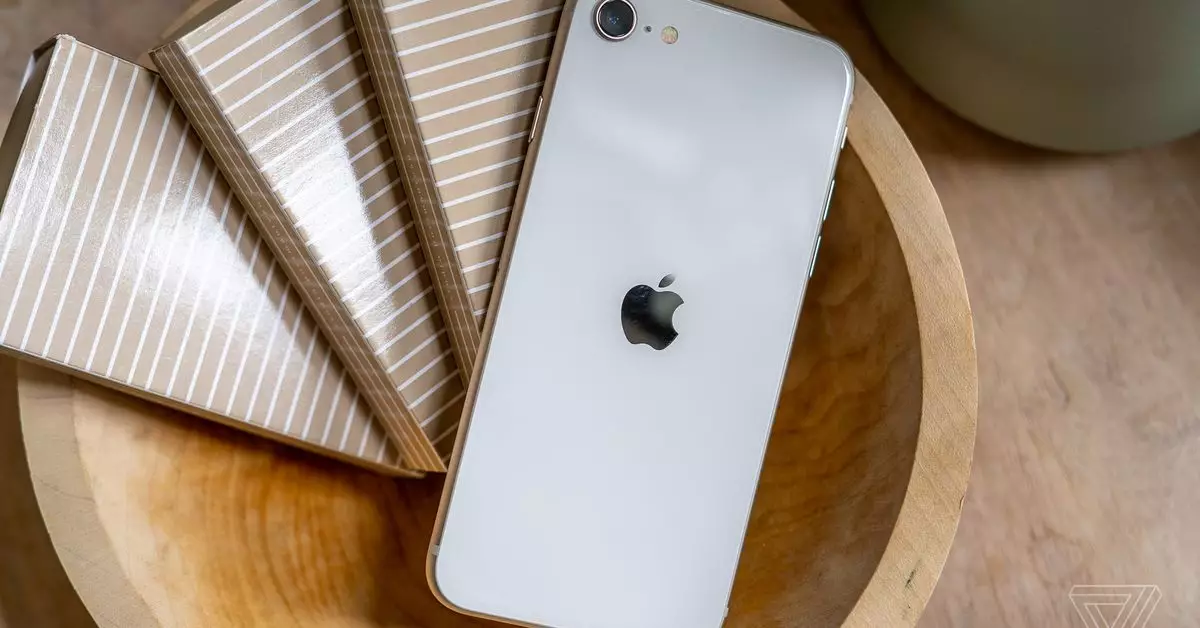In the rapidly evolving tech landscape, Apple is making significant strides towards self-sufficiency by developing its in-house 5G modem. According to Mark Gurman from Bloomberg, Apple’s long-term vision aims to surpass Qualcomm’s market dominance. This ambition is underpinned by years of dedicated research and development, especially following the acquisition of Intel’s modem division in 2019. Yet, despite these considerable investments, the journey has not been without hiccups.
Apple’s foray into the world of 5G modem production isn’t merely a routine enhancement; it reflects a strategic decision aimed at reducing dependency on external suppliers like Qualcomm. Initial reports indicate that Apple faced multiple technical hurdles during development, which have delayed the release timeline and raised questions about the modem’s performance in comparison to leading competitors. Having dealt with these obstacles head-on, Apple is now gearing up to debut its first modem in the iPhone SE, before expanding its reach to upcoming devices such as the much-anticipated iPhone series and entry-level iPads.
The timeline for these advancements suggests a phased rollout, with further iterations, including a second-generation modem equipped with millimeter wave (mmWave) capabilities targeted for 2026. This is especially noteworthy as mmWave provides significantly enhanced speeds and performance, features not supported by the current iPhone SE.
Looking towards the future, Apple plans to introduce a third-generation modem, dubbed “Prometheus,” by 2027, which promises to incorporate cutting-edge technologies such as AI functionalities and support for next-generation satellite communications. While this roadmap presents an ambitious vision of advancement, the projected shortfalls of the initial modem raise critical questions. The absence of mmWave technology, critical for urban areas with high-speed requirements, could hinder Apple’s efforts to match Qualcomm’s speed, particularly given that they plan to offer only four-carrier aggregation—two fewer than Qualcomm’s six-carrier configuration.
Critically, while maximum speed often garners attention, real-world performance tends to differ significantly. Factors such as network congestion, physical barriers, and carrier limitations play crucial roles in shaping user experiences. Even with dual SIM standby enabled, which would enhance user flexibility, the modem’s initial shortcomings may deter early adopters.
Ultimately, Apple’s quest to develop its proprietary 5G modem encapsulates a larger narrative of innovation against the backdrop of established industry giants. While their roadmap boasts promising advancements in connectivity and technology, the real challenge lies not just in achieving these goals but ensuring that they translate into tangible benefits for consumers. As they navigate this intricate landscape, it remains to be seen whether Apple can successfully challenge Qualcomm’s long-standing supremacy in the modem market or whether their ambitions will only serve as lofty aspirations in a fiercely competitive environment.

